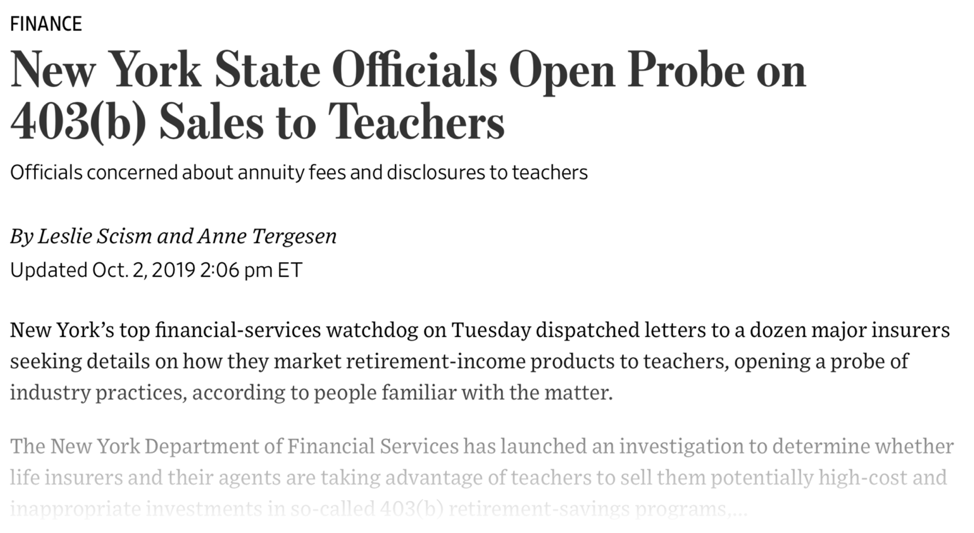Retirement plan sponsors aren’t required to have an Investment Policy Statement (IPS) for their plan. However, having a written statement in place can facilitate your organization’s plan meeting federal and state regulations and fulfilling the fiduciary duties of a plan sponsor and/or their committee. However, not all policy statements are created equal, and there are a few topics every IPS should cover. Learn about what should be included in an effective Investment Policy Statement and how a well-crafted IPS can lighten the load of a committee that’s tasked with difficult plan decisions.
PlanPILOT Named to 2020 PLANADVISER Top 100 Retirement Plan Advisers
CHICAGO, IL – March 6, 2020 – PlanPILOT is pleased to announce it has been named as one of the 2020 PLANADVISER Top 100 Retirement Plan Advisers.
 The PLANADVISER Top 100 Retirement Plan Advisers is an annual listing of adviser individuals and teams that stand out in the industry in terms of a series of quantitative measures. These include the dollar value of qualified plan assets under administration (AUA), as well as the number of plans under advisement.
The PLANADVISER Top 100 Retirement Plan Advisers is an annual listing of adviser individuals and teams that stand out in the industry in terms of a series of quantitative measures. These include the dollar value of qualified plan assets under administration (AUA), as well as the number of plans under advisement.
PlanPILOT was recognized in the “Small Teams With $1.7 Billion or More in Retirement Plan Assets Under Advisement” and “Small Teams With 115 Retirement Plans or More Under Advisement” categories.
403(b) Sales Practices in Question
Over the past few months, we have seen several news stories that raised concerns about insurance companies and their retirement plan sales practices. For example, here is an article that was published in late 2019 by The Wall Street Journal:

Based on the investigations that have reportedly been launched by the New York Department of Financial Services, as well as the Securities and Exchange Commission (SEC), how should retirement plan sponsors respond?
Are You a Fiduciary?
Administering a retirement plan and managing its assets requires certain actions and involves specific fiduciary responsibilities. If you make decisions that impact your organization’s retirement plan, you’re likely considered a fiduciary under the Employee Retirement Income Security Act of 1974 (ERISA). With the current scrutiny over retirement plan litigation, it is imperative that plan fiduciaries understand their responsibilities and adhere to ERISA’s standards. Learn more about who is considered a fiduciary, their fiduciary responsibilities, and how to fulfill their responsibilities to their participants.
A Closer Look at Funds and Fees
Meeting Your Fiduciary Responsibilities
Managing a 403(b) plan isn’t easy. Since 2006, the Department of Labor’s regulation of 403(b) plans has become increasingly complex and time consuming. Recent regulations, in effect since 2012, are the fee disclosure regulations, which require schools to determine if the fees paid to investment managers and retirement plan service providers are “reasonable.” Unfortunately, the Department of Labor did not create a template or checklist for plan sponsors, so this interpretation is sometimes challenging.
- « Previous Page
- 1
- …
- 12
- 13
- 14
- 15
- 16
- …
- 35
- Next Page »




